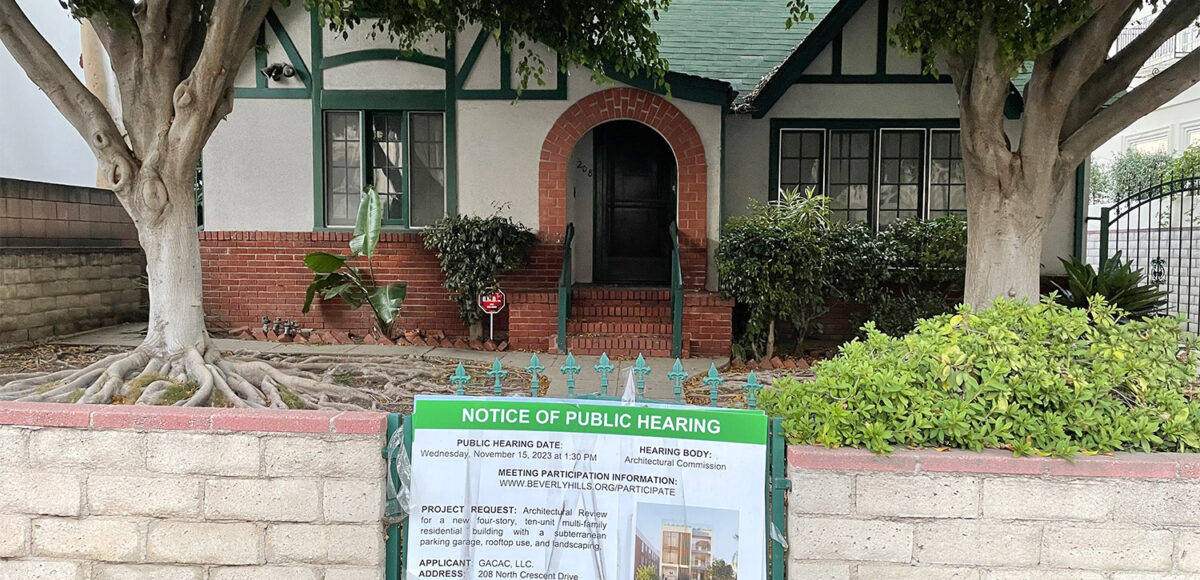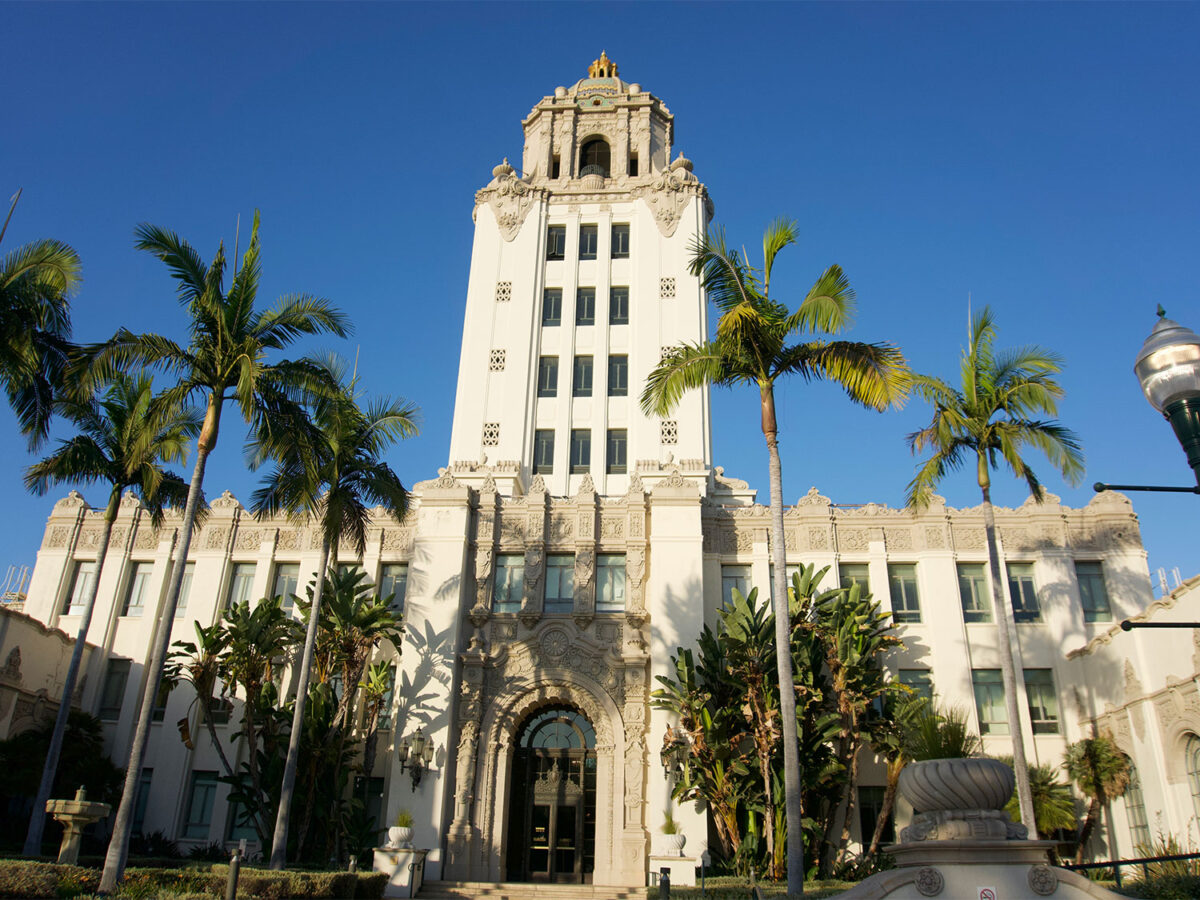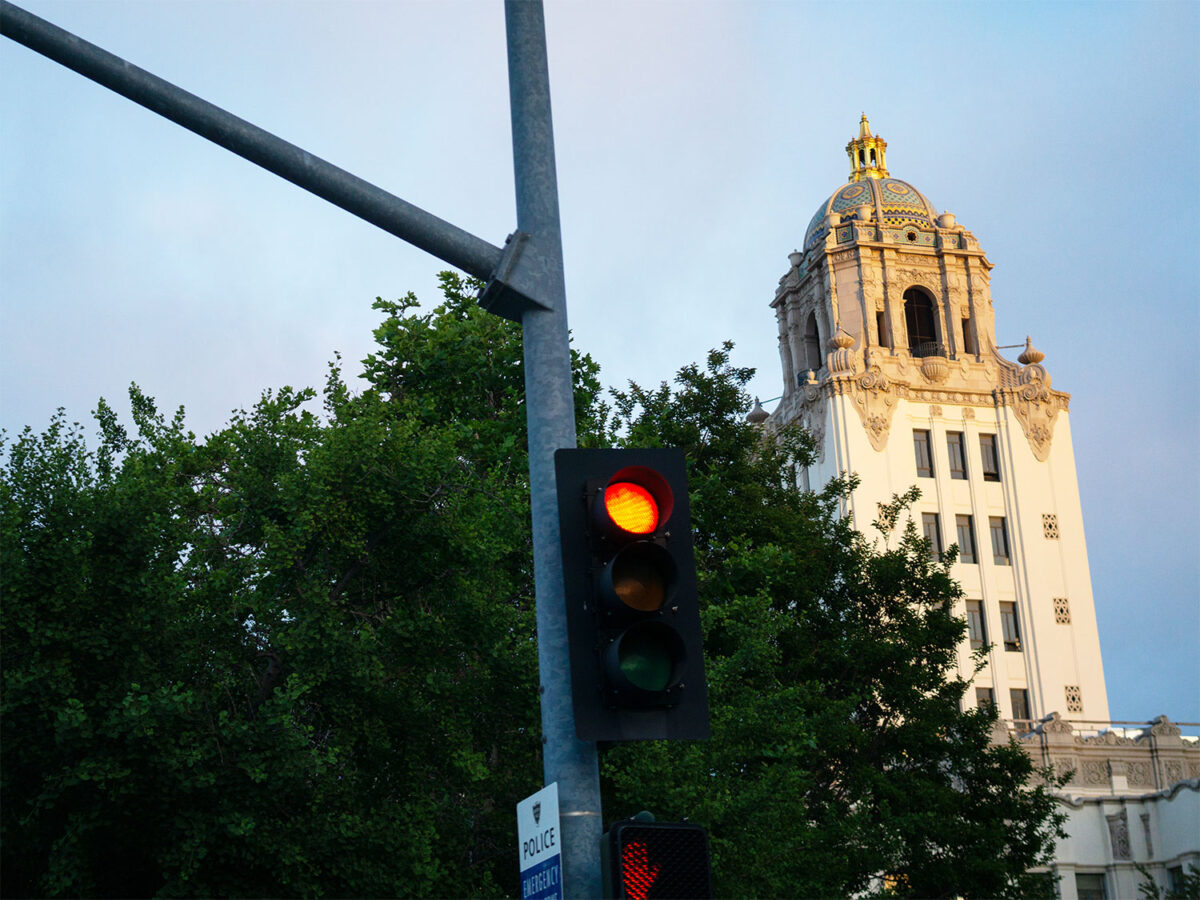In the midst of ongoing housing issues, two new residential complexes with a combined 20 units cleared a crucial hurdle before their construction is scheduled to begin.
After briefly discussing smaller accommodations, the Architectural Commission gave its conditional approval to the buildings, subject to review by the city’s urban designer. The projects at 227 S. Tower Drive and 208 N. Crescent Drive are both set to replace an existing duplex and single-family home and duplex—both of which are roughly a century old.
Both multi-story complexes exceed the regular height limit on their blocks by more than 10 feet. In order to get around this restriction, each development team is promising to set aside one unit for a low-income tenant to qualify for a density bonus exemption. The buildings already passed Planning Committee reviews at separate meetings earlier this year.
“We are meeting all the requirements of the city of Beverly Hills [in terms of] size and all the things that relate to the units,” said Shahab Ghods of Plus Architects, the designers of the Tower Drive property.
Along with fellow architect Christine Dy, Ghods fielded questions about the Tower Drive project’s proposed elements, which include five stories, a solar panel-filled roof, and a below-ground parking garage for 13 vehicles. He accepted overall praise for the landscaping and windows, but pushed back against Commissioner Rebecca Pynoos’s suggestion that there could be more parking spots, due to Tower Drive’s proximity to La Cienega Park and a Metro stop.
Although Pynoos called the area “already overburdened,” Ghods stated that there was no parking requirement given by the Planning Commission. He estimated that another level would come with a seven-figure cost and would remove spaces from the first floor due to a necessary ramp.
Vice Chair Evan Meyer’s largest concern, echoed by several other commissioners, had to do with the color palette. Between the cement panels, tile, and white stucco with black trim, he was worried about the contrast.
“That amber piece coupled with the bright white feels very bold,” Meyer said. “I’d love to see that toned down a little bit.”
After that presentation, Kevin Tsai introduced his plans for the Crescent Drive property. Tsai, the owner of an eponymous architectural studio, spoke about his plans for a four-story, contemporary low-rise design with a usable rooftop. Tsai’s report indicated that construction would take about 20 months, six more than Plus Architects’ time frame.
The permit request came from GAGAC, LLC., who sought to replace a detached house that had been unused for 11 years. According to Urbanize LA and city records, that organization’s manager and address lines up with local firm Platinum Equity, founded and run by Detroit Pistons owner Tom Gores.
One public commenter, a local resident who lived nearby with his wife, had been tracking the project’s status. He gave his approval before the commissioners spoke.
“We were very satisfied with the Planning Commission’s conditions,” he said. “We felt that they do meet the privacy requirements of those of us who are neighbors.”
Commissioner Jennifer Schreiber noted that the area had been trending toward multi-unit properties, including another on Crescent Drive that was completed several months ago. Chair Tim Devlin, who had minor suggestions for the exterior, echoed Schreiber’s sentiment.
“It’s always sad to see a house go, but it seems so out of character to see that one single-family home there,” Devlin said.
With feedback from the session, the Architectural Commission approved both reviews unanimously.
In September, the nonprofit housing group Californians for Homeownership won a lawsuit against Beverly Hills, finding that the city did not adequately plan to meet its allocation of 3,104 housing units (including 1,688 low-income units) by 2029 under state law. These two buildings alone would not make up the difference, but they may become part of a larger pattern of new developments approved by the city in order to deal with builders’ remedy—a 1990 amendment of California’s previously existing Housing Accountability Act.
Under the Housing Crisis Act of 2019 (SB 330), which strengthened the builders’ remedy process, developers would be able to avoid municipal zoning regulations if Beverly Hills doesn’t meet state targets. Per a report from the California Department of Housing and Community Development, there is a goal of 2.5 million new units, and Beverly Hills isn’t the only city in danger of missing its quota.
Advocacy group California Housing Defense Fund (CalHDF), which recently filed similar lawsuits against Northern California counties, voiced its support for the Crescent Drive proposal and others like it in a letter before the Planning Commission meeting.
“As you are well aware, California remains in the throes of a statewide, crisis-level housing shortage,” CalHDF staff members wrote. “New housing such as this […] will reduce displacement of existing residents.”







